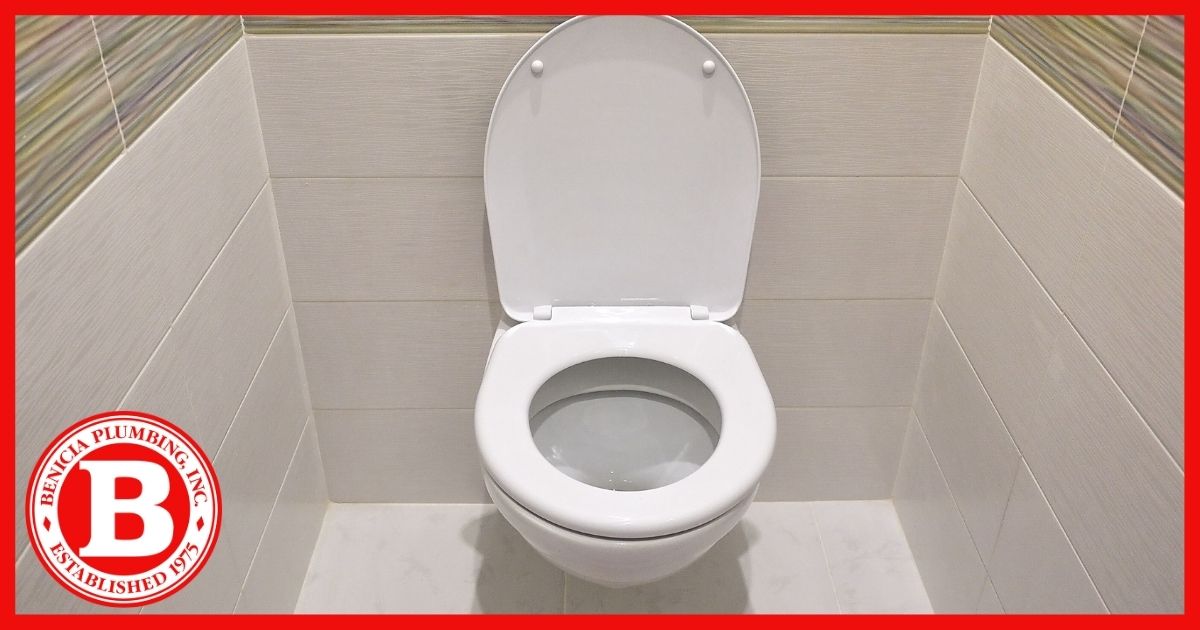What Causes Toilets to Overflow
A Clogged or Blocked Drain
Clogs are the most common cause of toilet overflow and usually happen when someone flushes an object that doesn't belong in the toilet. A good rule of thumb is not to toss anything other than toilet paper into your toilet; even so-called flushable wipes will cause backups in your system.
You can figure out when a drain is blocked relatively quickly. The tell-tale signs are apparent, as you will see the water overflowing from the toilet's bowl rather than the tank after you flush.
Blocked Vent Pipe
If you notice your toilet clogging more frequently, a blocked vent pipe could be to blame. A vent pipe moves external air into the plumbing system to replace the air pumped with each flush. When this is blocked, your toilet won't flush properly, leading to an overflow. This situation usually requires the skills and expertise of an experienced plumber, like the ones at Benicia Plumbing, Inc., to get the problem fixed correctly.
High Filler Float
The first two causes of an overflowing toilet will cause water to spill out from the bowl itself. In this case, a high filler float causes the spill to come from the toilet tank. If the filler float is set too high, the tank will fill with too much water, causing leakage from the sides. You can fix this by adjusting the mechanism inside of the tank to control the level of the float.
Ways to Stop an Overflowing Toilet
Close the Flapper Inside the Toilet Tank
One way to stop an overflowing toilet is by first removing the lid to your toilet tank and looking inside. At the tank's base, you'll see a flapper that covers an opening into the toilet bowl. Pushing the flapper down inside the tank will stop the water from exiting the tank and entering the bowl.
Lift the Float Inside the Toilet Tank.
Another option is to lift the float at the top of the toilet tank. This controls the flow of water into the tank, so you can shut off the water by lifting the float.
Turn off the Water Valve at the Base of the Toilet.
If the other two options fail, you can always shut off the water valve. Water flow to the toilet is controlled by a valve usually found at the toilet's base. Turning the valve to the off position turns off the water flow but only use this method as a last resort because the valve tends to be challenging to turn, and you could be wasting precious time attempting this method.
How to Plunge the Toilet
Once you have successfully stopped your toilet's water flow, it's time to use your plunger to remove the clog.
1) Put the plunger in the toilet bowl so that the head is entirely covered by water and the rubber cup is positioned over the drain.
2) Pump the head of the plunger up and down quickly for around 10-20 seconds without breaking the cup's seal over the drain.
3) Flush the toilet. If it flushes normally, you have successfully removed the blockage. If it doesn't work, repeat steps 1 and 2 until the toilet is flushing correctly again.
Tips to Prevent Toilet Overflow
Keep a Wastebasket in the Bathroom
Keeping a small wastebasket near your toilet gives guests and small children a place to throw out anything un-flushable other than the toilet. This should reduce the number of blockages you experience.
Talk to a Professional
If your toilet seems to be repeatedly clogging, then it's best to
contact a professional. Having an experienced plumber perform an inspection can help find and eliminate the source of the problem and prevent future overflows.
We've Got Your Back
Don't let toilet overflows add stress to your life. Call Benicia Plumbing, Inc. at (707) 745-2930 to get your plumbing problems fixed fast!





